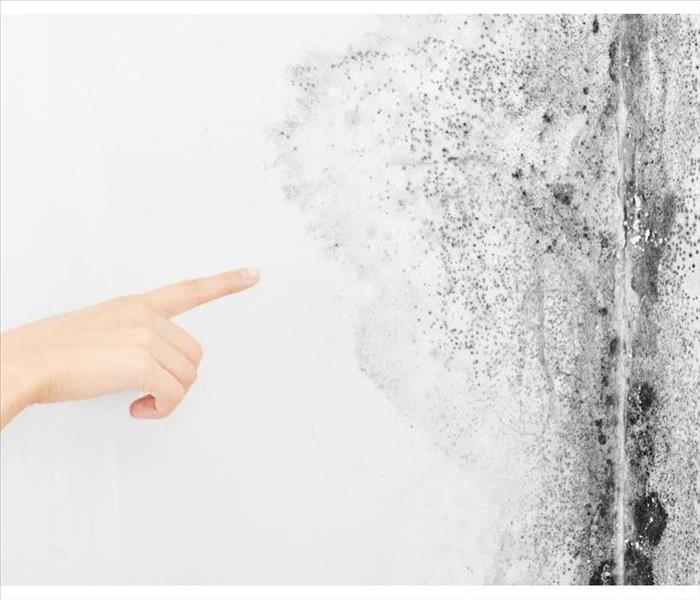How To Identify and Remove Mold and Mildew
11/19/2020 (Permalink)
Mold and mildew are similar in some respects, but they are also quite different and easy to identify. While both can have negative impacts on your home, mold damage is much more severe if left untreated in New York Mills, MN. While it is imperative to remove both as soon as they are discovered, it is important to understand the differences between the two.
Here Are The Key Differences Between Mold And Mildew
1. Texture. Mildew is flat with a powdery appearance. Mold typically develops a raised, fuzzy appearance.
2. Color. Mildew is typically gray or white in its early stages. Over time, it can turn yellow or brown in color. Mold growth, on the other hand, is very dark. It usually appears black or green. In some cases, it is mistaken as dirt due its dark splotchy look.
3. Growth pattern. Mildew grows on the surface and spreads out around the original site. Mold grows downward and upward, eating down through its base and growing up above the surface, creating its characteristic fuzzy texture.
4. Severity of damage. Mildew growth is generally easier to remove, as it usually grows flat across the surface. Conversely, mold is much harder to remove, due to its ability to work through the base of its materials. Mold damage can cause structural damage if left untreated.
While they vary in appearance, both are fungi, fueled by varying combinations of moisture, oxygen and food. Be sure to remove both as soon as they are spotted in your home. Mild mildew can sometimes be removed with a brush and store-bought cleaner, but it is generally recommended to call a professional mold remediation service for any mold and mildew issues. These professionals have the proper equipment to ensure that the threat of mold and mildew are properly eliminated, and your home is restored to its pre-mold condition.
Mold damage can be severe, and it is important to handle it quickly to reduce the risk of future damage. By taking care of it at the beginning, you can save yourself from the financial burden from repairing extensive damage.






 24/7 Emergency Service
24/7 Emergency Service
